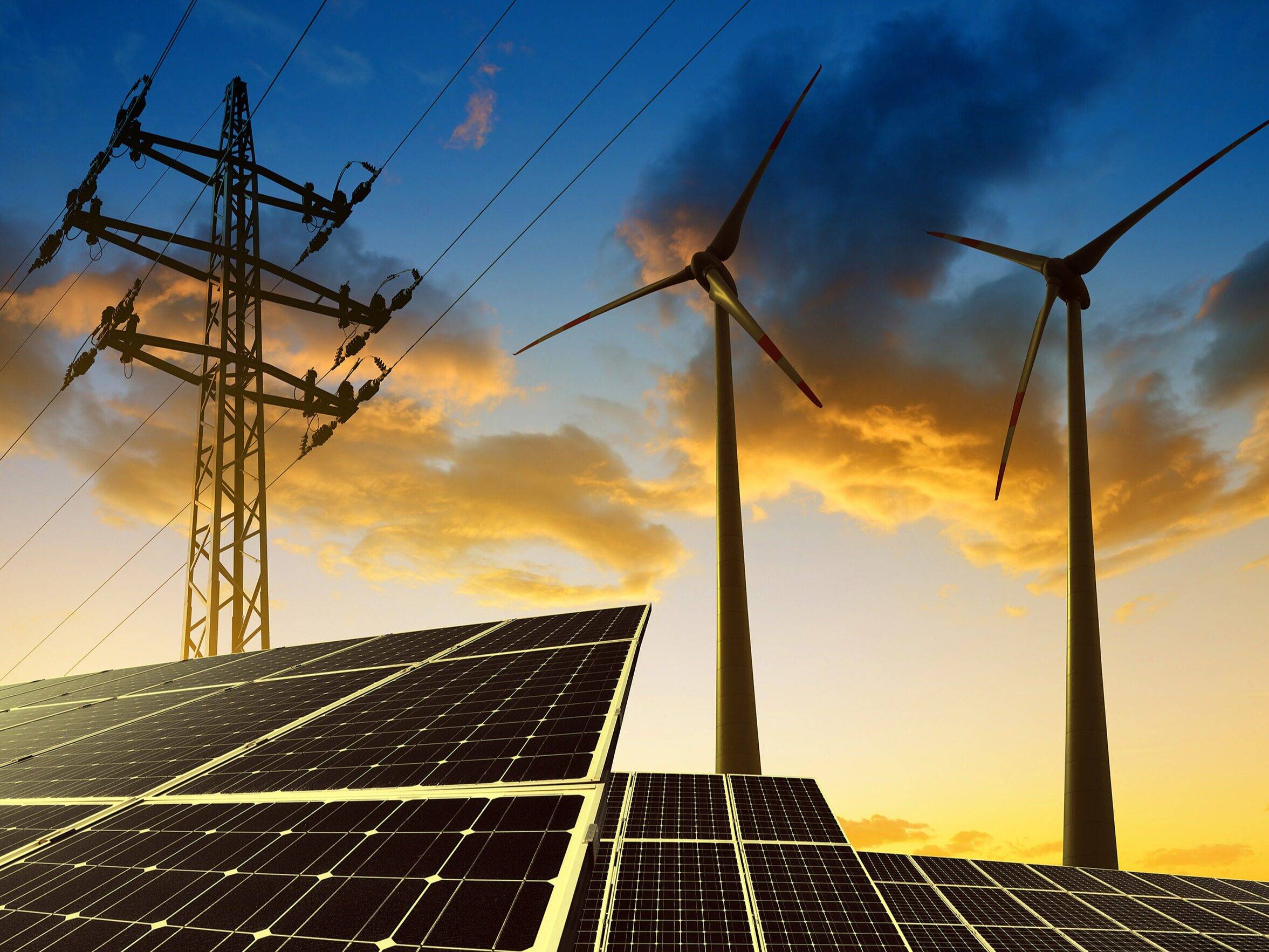
Dec . 06, 2023 15:12 Back to list
New energy storage is gaining momentum
The new energy storage industry in China has experienced significant growth in recent years. In 2012, the total energy storage capacity was only 2,000 kilowatt hours. However, by 2018, this number had increased to 606,000 kilowatt hours. This growth can be attributed to the implementation of favorable policies and the accelerated construction of new power systems, driven by the goal of achieving "double carbon" emissions reduction. As of June 2023, there are a total of 699 energy storage power stations in operation across the country, with a total power capacity of 14.3 million kilowatts and a total energy storage capacity of 28.77 million kilowatt hours. The scale of new energy storage is expected to reach 80 million kilowatts by 2025.
The new energy storage industry is supported by favorable policies and has a mature business model, leading to a rapid reduction in system costs. The National Development and Reform Commission and the National Energy Administration have recently issued a notice to accelerate the construction of the electricity spot market. This notice emphasizes the importance of energy storage as an operating entity in the spot market and encourages the participation of energy storage in market transactions. In the first half of 2023 alone, nearly 20 national policies related to energy storage were issued.

The cost of new energy storage systems has been declining rapidly, leading to a diversified development in investment entities. Power generation groups have the highest investment scale and growth rate in the electrochemical energy storage sector. As of the end of 2022, the total energy in operation by central power generation enterprises, social capital, power grid companies, and local energy state-owned enterprises accounted for 47.24%, 41.10%, 9.54%, and 2.12% respectively.
The different types of energy storage applications, such as power side, grid side, and user side, have experienced varying levels of development. Power-side energy storage, mainly focused on new energy distribution and storage, has the highest cumulative operational energy, with a total of 263 power-side energy storage power stations in operation. Thermal power distribution and storage, on the other hand, has 49 power stations in operation, mainly in provinces such as Guangdong, Shandong, Jiangsu, and Shanxi. User-side energy storage, including industrial and commercial and backup power supplies, accounts for a significant portion of the cumulative operational energy.
The economics of grid-side energy storage have improved, as indicated by the increasing number of grid-side energy storage power stations in operation. The independent energy storage sector has seen significant development, with about 30 provinces issuing supporting policies. Shandong Province, in particular, has become a model for independent energy storage development in China. Alternative energy storage is also growing, with about 20 provinces implementing policies for the deployment of new energy storage at key nodes and remote areas.

The future development of new energy storage is promising, especially in industrial and commercial sectors due to the widening peak-valley electricity price gap and the introduction of orderly electricity consumption policies. However, to ensure the healthy development of the new energy storage industry, challenges such as accurately dividing energy storage types, utilizing multiple energy storage sources for coordinated operation, and studying sustainable value formation mechanisms and policy mechanisms need to be addressed.
Related products:
Self-Cooling-PW-164 Outdoor Distributed Energy Storage Cabinet- Power Type
Will be removed if infringing
Reference website:https://www.cpnn.com.cn
-
Stackable Battery System: Revolutionizing C&I Energy Storage with Suzhou ACDC
NewsJul.21,2025
-
Revolutionizing EV Charging with Suzhou DC Quick Charging Stations Solutions
NewsJul.21,2025
-
Revolutionize Your Power Needs with Suzhou ACDC's Portable Power Station Solutions
NewsJul.21,2025
-
Outdoor Integrated Temperature Control Cabinet: Elevating Energy Storage Cabinet Efficiency
NewsJul.21,2025
-
Container Type Energy Storage System: Revolutionizing Energy Storage with Stackable Battery Solutions
NewsJul.21,2025
-
Advanced Self-Cooling Energy Storage Cabinet Solutions
NewsJul.21,2025























